Themed London Walks
The London Crime Trail Part 2
Welcome back for our London crime trail part 2, a walk through Dark London which mainly concentrates on the deeds of the most notorious London murderer of them all:
Jack the Ripper
… who is the undisputed star of London’s Themed Walk industry. For one because the story ticks all the right boxes – bloodshed, mystery and a caricature Victorian London of gaslights, drunks and toothless prostitutes – but also because the Ripper had the courtesy of disembowelling his five victims within a fairly small area of East London, allowing all those who want to “follow in his footsteps” to make up their own Ripper Trail. The murder locations can be easily found on the Internet.
You can do this, too, of course, but I must warn you: be ready to spend the most boring afternoon of your life, because this trail will lead you past 1970s housing estates and modern office blocks in search of addresses that have ceased to exist and of street patterns that have been totally wiped out. That’s what 100 years of slum clearances do for you.
The Jekyll and Hyde undertow – the close proximity of wealth and squalor, of savagery and elegance – is such an important element of the Ripper story.
But luckily, there is an alternative: some of the streets in the area have preserved their period character, and if you don’t insist on a full itinerary, going after truth rather than strict topographical accuracy, you can still get a fairly good idea of what it must have felt like to walk down the streets of a late Victorian slum in East London.
You can start this walk at Aldgate underground station, but I recommend to do what we did in the London crime trail part 1 the previous week: to stroll through the City of London first, starting near Waterloo Station, because the Jekyll and Hyde undertow – the close proximity of wealth and squalor, of savagery and elegance – is such an important element of the Ripper story.
We finished the London crime trail part 1 at the sumptously Victorian Leadenhall market. From there, turn right into Leadenhall Street, cross over to the left on the three-way intersection with Fenchurch Street and turn immediately left into Mitre Street.
A few metres down, near the flowerbed on Mitre Square, the Ripper killed his fourth victim, Catherine Eddowes, in the early hours of 30 September 1888. The square is today surrounded by modern office blocks, but its original layout has been largely preserved, and some of the adjacent streets still feature a few Victorian buildings.
Leave through St James’s Passage – also an original feature of the area – and turn right. Continue into Aldgate High Street and Whitechapel High Street, feeling how the area deteriorates almost with every step. The City of London suddenly feels very far away, although you can see over the rooftops how close its buildings actually are.
Turn left into Commercial Street at the next corner. In the Ten Bells pub at no. 84, the Ripper picked up at least two of his victims, and Mary Kelly – victim no. 5 – solicited clients outside on the sidewalk. The pub, a listed building, looks and feels the real thing and is a genuine Victorian treasure.
Before the pub, turn right into Fournier Street, then left into Wilkes Street, …
… right into Princelet Street and right again into Brick Lane. The street pattern and the building fabric in this area have remained largely intact, providing you with a good impression of the dark, dank and narrow streets of late Victorian Whitechapel.
On the corner of Brick Lane and Wentworth Street, Emma Smith was brutally robbed and killed in April 1888. This was the first of the six so-called “Whitechapel Murders”, prequels to the later crimes of the Ripper – reminding us of how violent this area once was, with or without the man himself.
Turn right into Wentworth Street and right into Thrawl Street: now you are strolling through the heart of Ripper Country, a place for the destitute and desperate of Victorian London. Flower and Dean street (partly identical with Flower and Dean Walk on your left) was generally considered the “most depraved street in London”, accommodating 30 “lodging houses” for people who were too poor to afford proper homes, including many prostitutes, beggars and thieves.
The first plans to clear these slums were already drawn up in the early 1880s, before the Ripper, and when they were eventually implemented in the early 1890s, prompted not least by the outrage that had followed the killings, the old street pattern was largely wiped out.
Return from Thrawl to Wentworth Street, turn right and immediately left into Gunthorpe Street. Near the top of the street, you would have found one of the area’s biggest lodging houses, George Yard Buildings, where Martha Tabram was stabbed 39 times on 7 August 1888. (This was another one of the Whitechapel Murders.)
George Yard Buildings was a converted textile factory and would have looked very much like the authentic Victorian buildings on your left hand side towards the end of the street.
At the end of Gunthorpe Street, turn right for the White Hart pub …
… which has remained virtually unchanged since the 1890s. One of the chief Ripper suspects, Severin Klosowski, worked as a barber in the basement of the building.
Turn right into Whitechapel High Street, left into Greatorex Street and right into Montagu Street until you meet Vallance Road. The large and rather scruffy public garden in front of you …
… including much of the surrounding housing estate was once occupied by one of the largest workhouses in Britain. It is hard to imagine, but up to 6000 elderly, sick, homeless or just impoverished people were accommodated here at any given time. (The workhouse and the lodging houses together accommodated a large proportion of Whitechapel’s population and were responsible for the area’s specific character.)
Turn right into Vallance Road and left into Durward Street where the Ripper killed his very first victim on 31 August 1888. The area is undergoing a major overhaul, but Board School on your right hand side was already there at the time, and the row of residential homes a little further down Durward Street was also occupied by (older) terraced cottages. The murder occurred in front of a stableyard between the two.
(Mary Ann Nichols was the only Ripper victim who was found still alive, though she later died in hospital. The most savage killings were still to come. Durward Street is also the only Ripper murder location that is said to be haunted. Miss Nichols’s ghost has been sighted in the gutter several times.)
Return to Whitechapel Road through the passage to Whitechapel station. Opposite you, on the other side of Whitechapel Road, you can see the Royal London Hospital …
… where Joseph Merrick – the Elephant Man – was cared for until his death in 1890. He was actually a resident of the Hospital on the night of the last Ripper killing in near-by Durward Street, and, what’s more, would have had a view of the crime scene from his window. (The fairground shack in which the horribly disfigured Mr Merrick was displayed – and from which he was rescued by the saintly Doctor Treves, played by Anthony Hopkins in David Lynch’s movie The Elephant Man – was also located near-by, on 259 Whitechapel Road.)
Turn left along Whitechapel Road until you reach the Blind Beggar..
… the scene of one of Britain’s most famous crimes of a more recent vintage. On 9 March 1966, the East End mobster Ronnie Kray walked into a full saloon bar, put a gun to the temple of another gangster called George Cornell and pulled the trigger – before walking out as quietly as he had come in. The pub at the time was full of people, but nobody had seen anything or was willing to testify.
But that’s another story – and, possibly, another walk after this London Crime trail part 2.

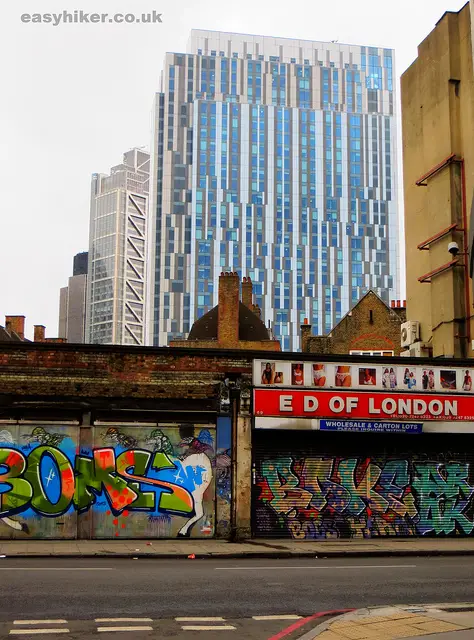
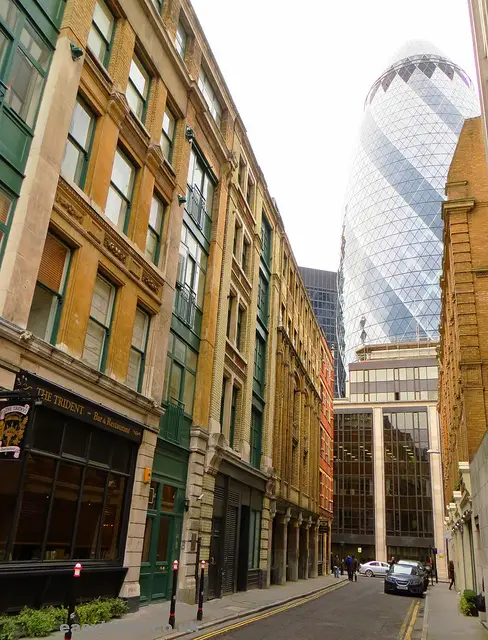
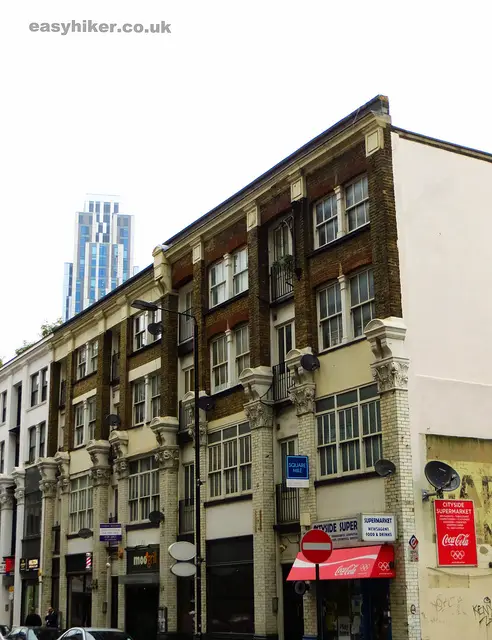
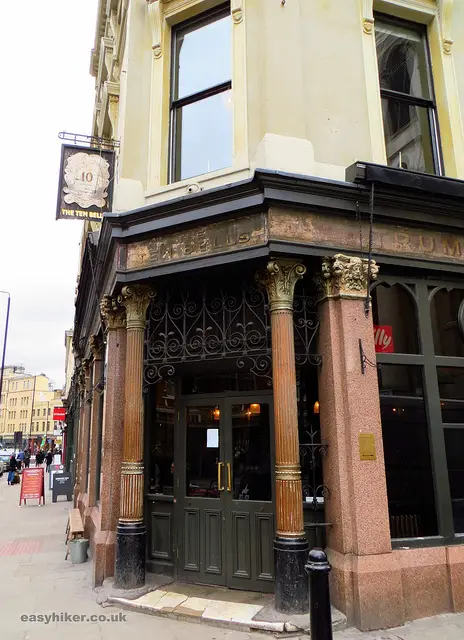
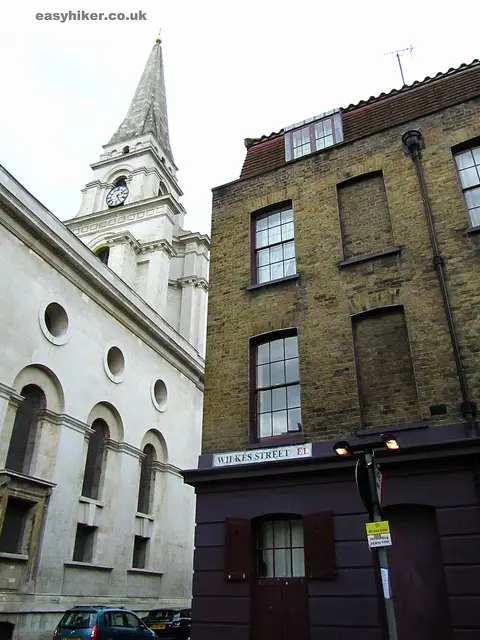
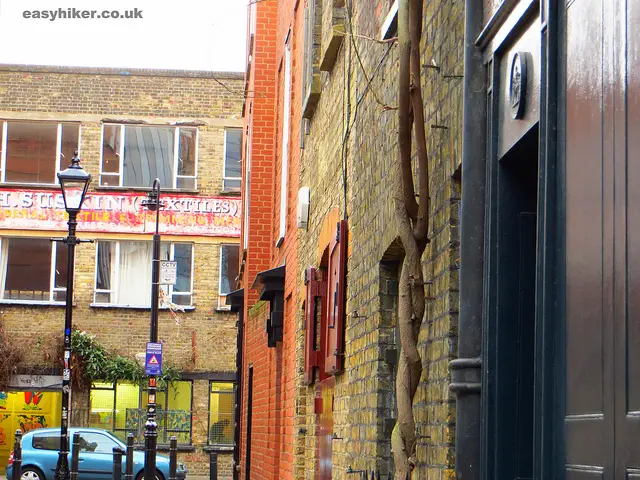
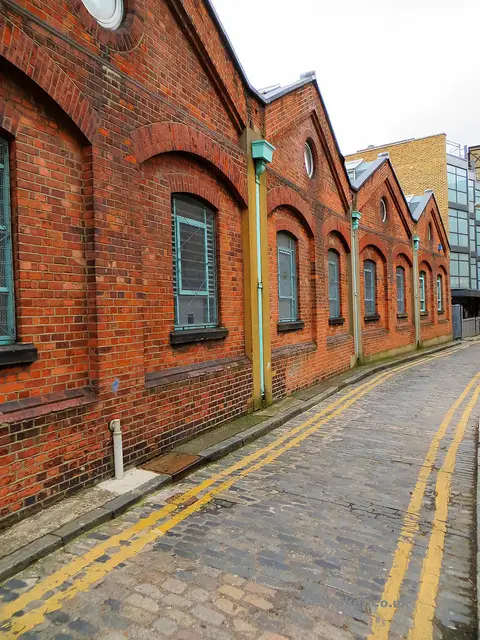
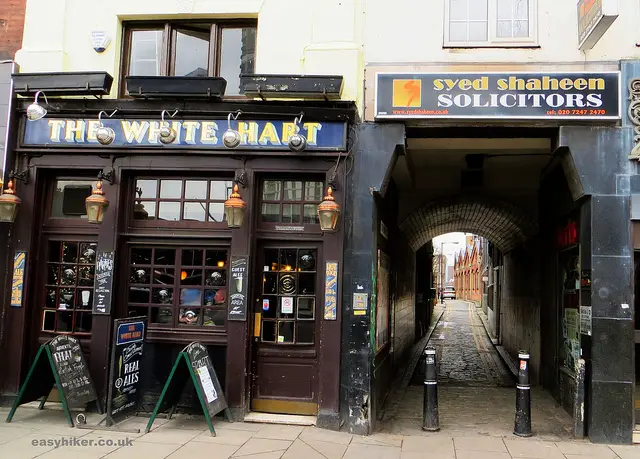
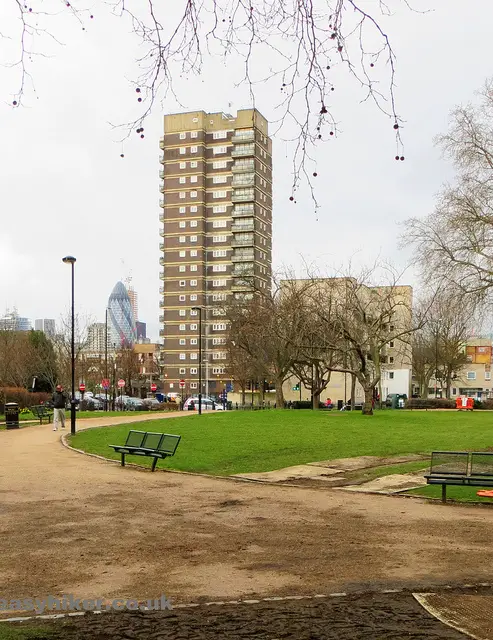
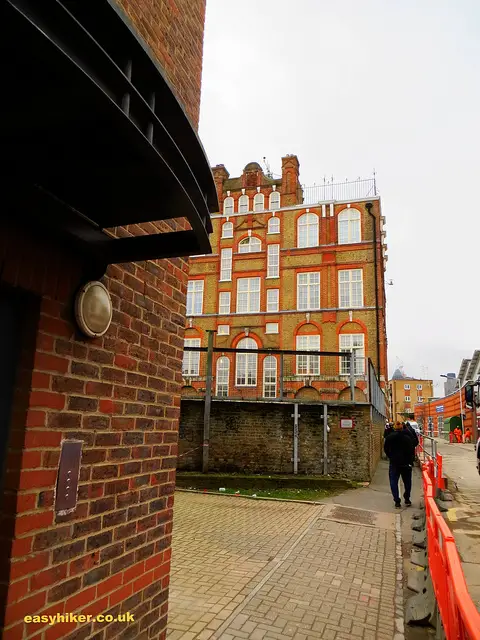

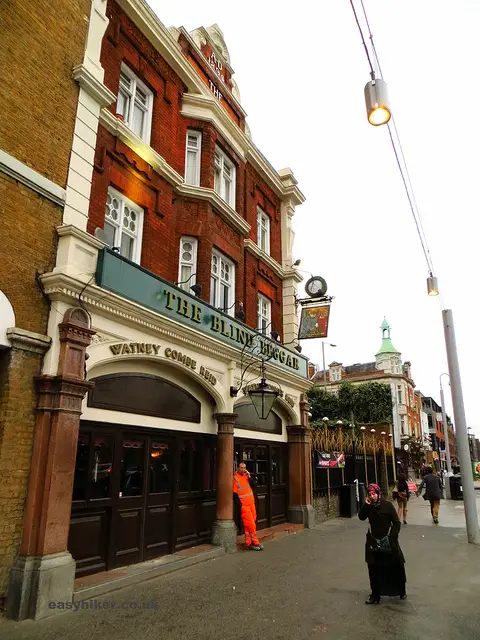
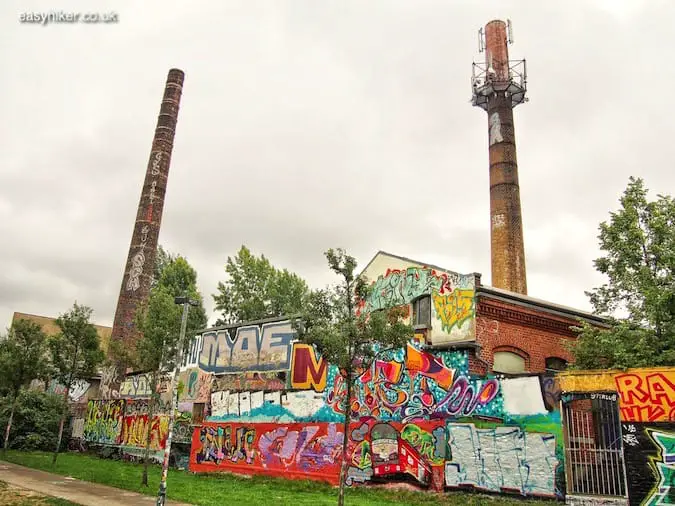

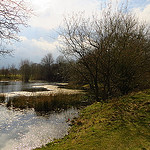
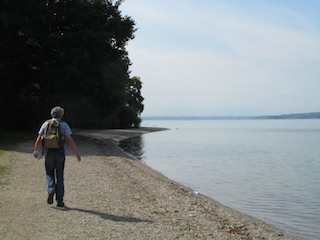
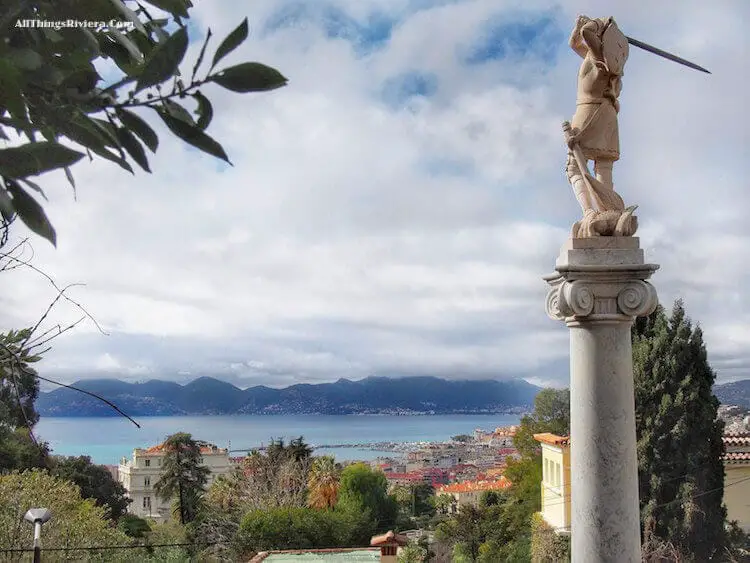
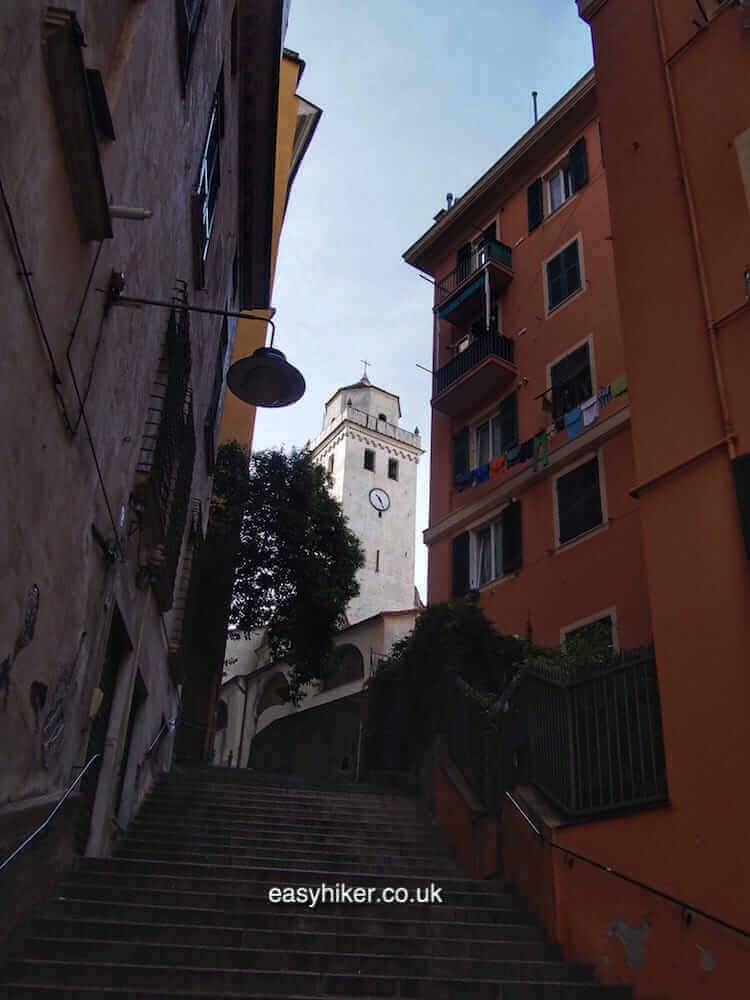
Whoa! The missus wouldn’t have allowed me to go anywhere near the 10 Bells Pub, had she known about those pole dancing girls. Thanks for dropping by, Harry, and for that amusinh info about the port wine.
I like Whitechapel a lot. I went to 10 Bells Pub just to see some old history from the Ripper movies, and was surprised by a strip show there. Two pole dancing girls revealed everything but everything. Also went to Blind Beggar to see where Kray killed Cornell. I ordered a port wine, which is actually pronounced pote wine.
I like the Egg and… I lived in Playstow (or Plaistow), East London. I would return there.
One time I went to my cousin’s, I returned with the undergound and…. I walked by foot on 1 am or 2 am for 10 – 15 minutes. I am glad I am still alive…
Most people are fascinated by Jack the Ripper I suppose because he’s never been formally identified.
Most people are fascinated by Jack the Ripper I suppose because he’s never been formally identified.
Jack the Ripper is probably my favorite villain. I’m fascinated by him and, at the same time, repulsed by his actions. Poor Mary Nichols, someone needs to do some kind of ritual and send her spirit home to rest. Thanks for this tour, Michael. It’d be nice to take but I’m sure that i’d be a bit nervous.
Hahaha, just shows you how Americans are perceived in Europe.
Thanks to you, I can take that ‘tickle’ off the future’s list. I think I’ll spend my time elsewhere in London. You’d appreciate this ‘crime’ story, on a visit a couple years ago, I read as many Sherlock Holmes stories as I could fit in while there and was tempted to visit the museum, Sherlock Holmes. So I stopped at the hotel’s front desk and asked, “Do you think the Sherlock Holmes museum is worth a visit?” (I must have looked like the cone-head American tourist because the clerk paused, cleared his throat and leaned forward, almost whispering) “Madam, you realize Sherlock Holmes was not a real person don’t you?” I almost burst out laughing in this poor man’s face, but instead, I assured him that I did have that understanding, but my question remained.
Glad you enjoyed it Kym. Thanks for dropping by.
I’m an Eastender orginally so enjoyed that little walk down memory lane, even if it was a bit gruesome!
This is a fascinating walk to but I think I enjoyed your Part I walk better. This area is someplace one shouldn’t be caught in at night. I can’t believe how much that workhouse accommodated. Glad to see they preserved some of the old architecture in some areas.